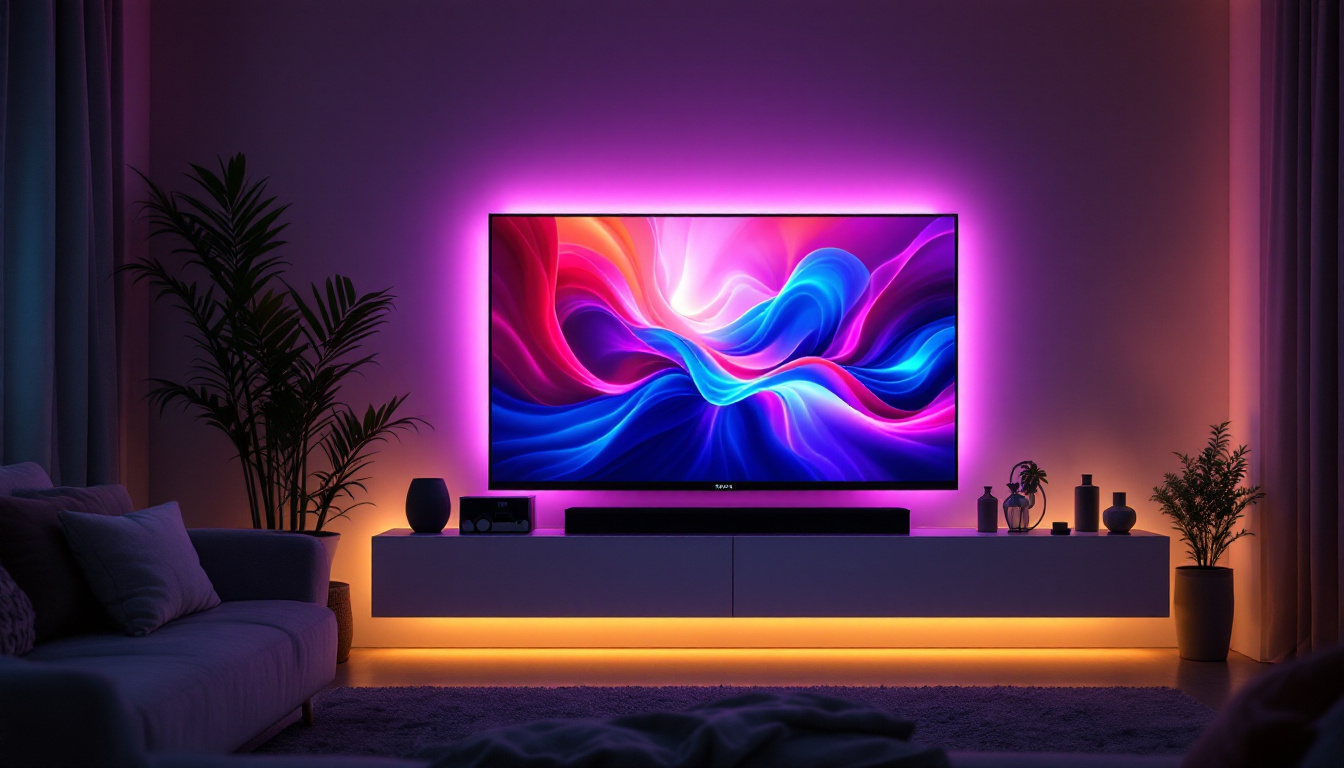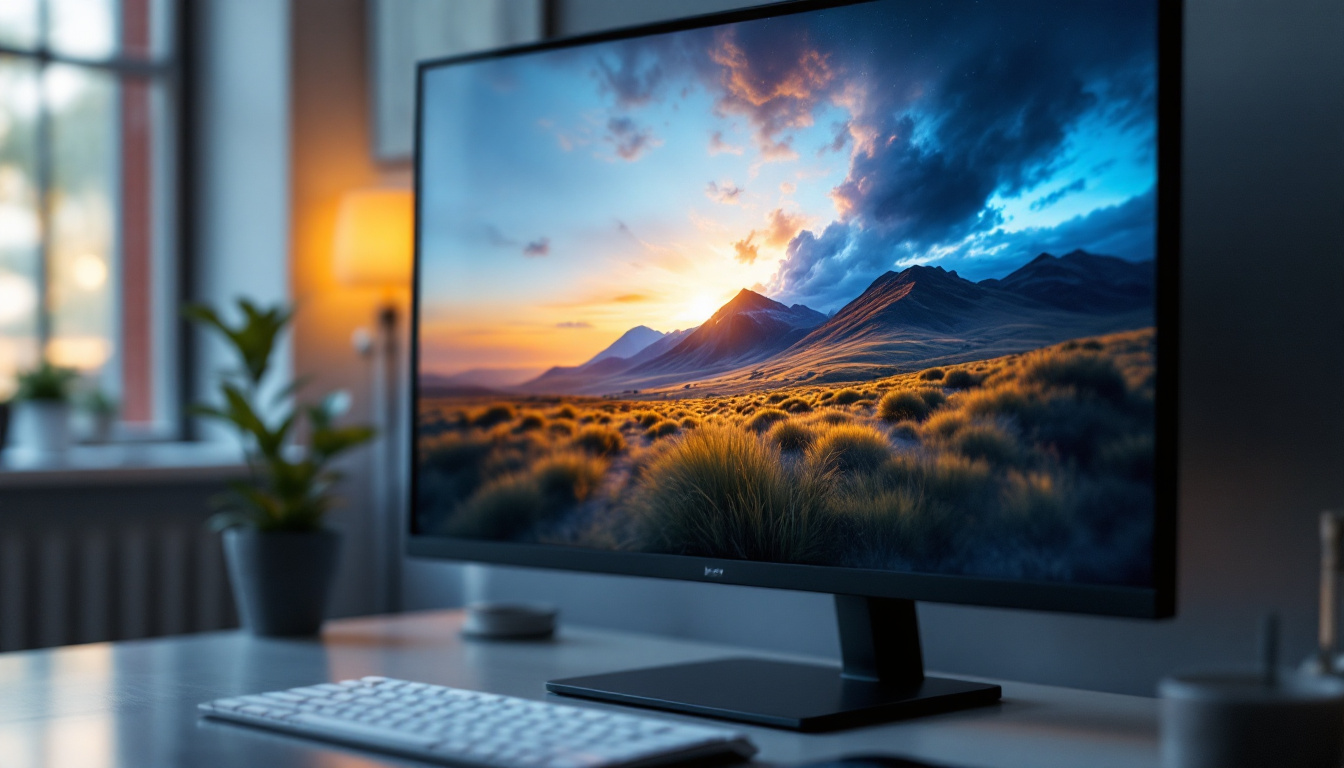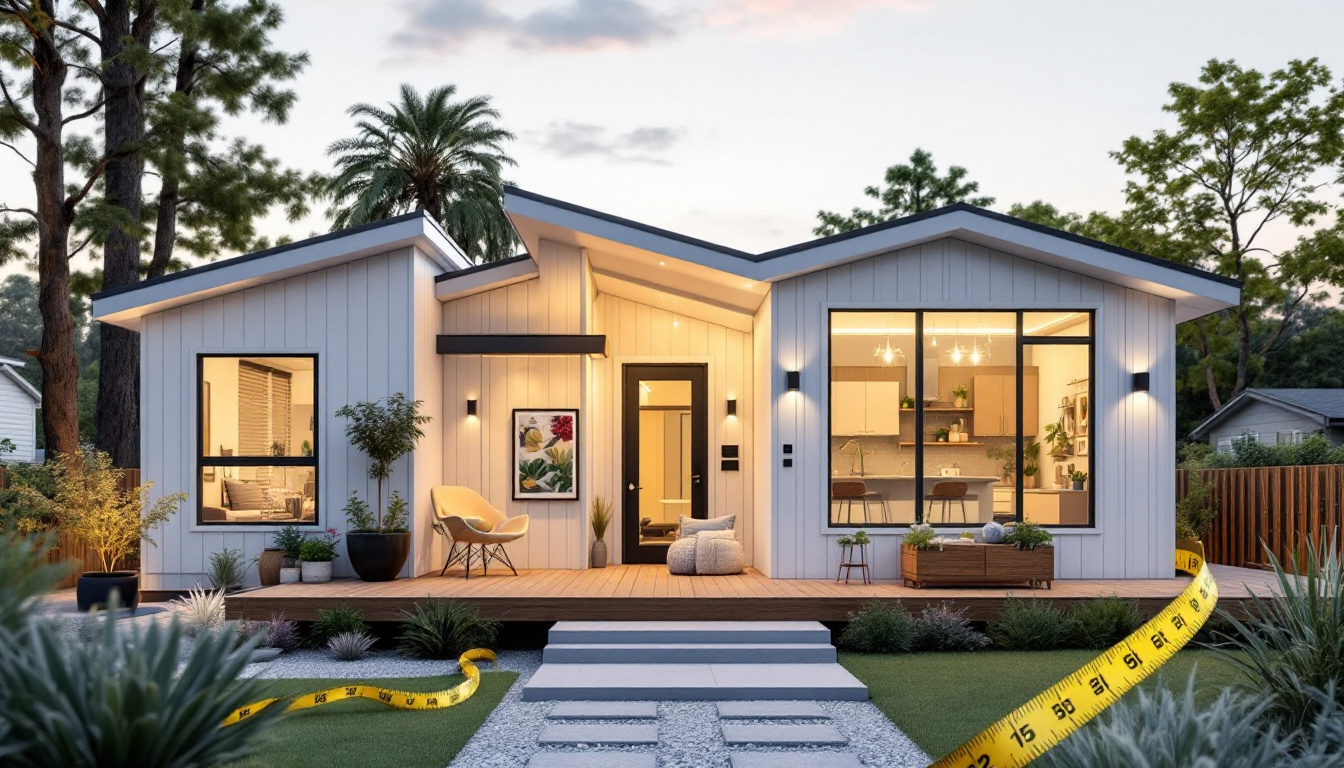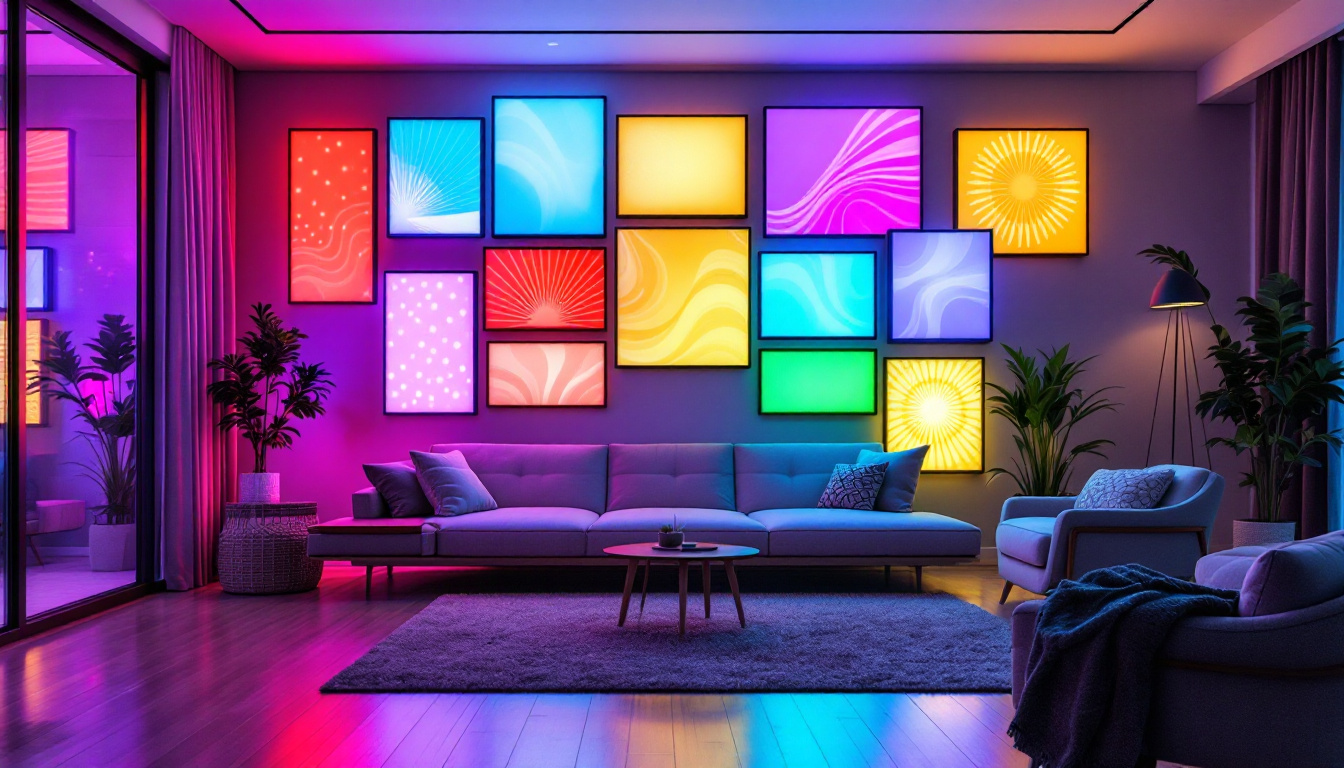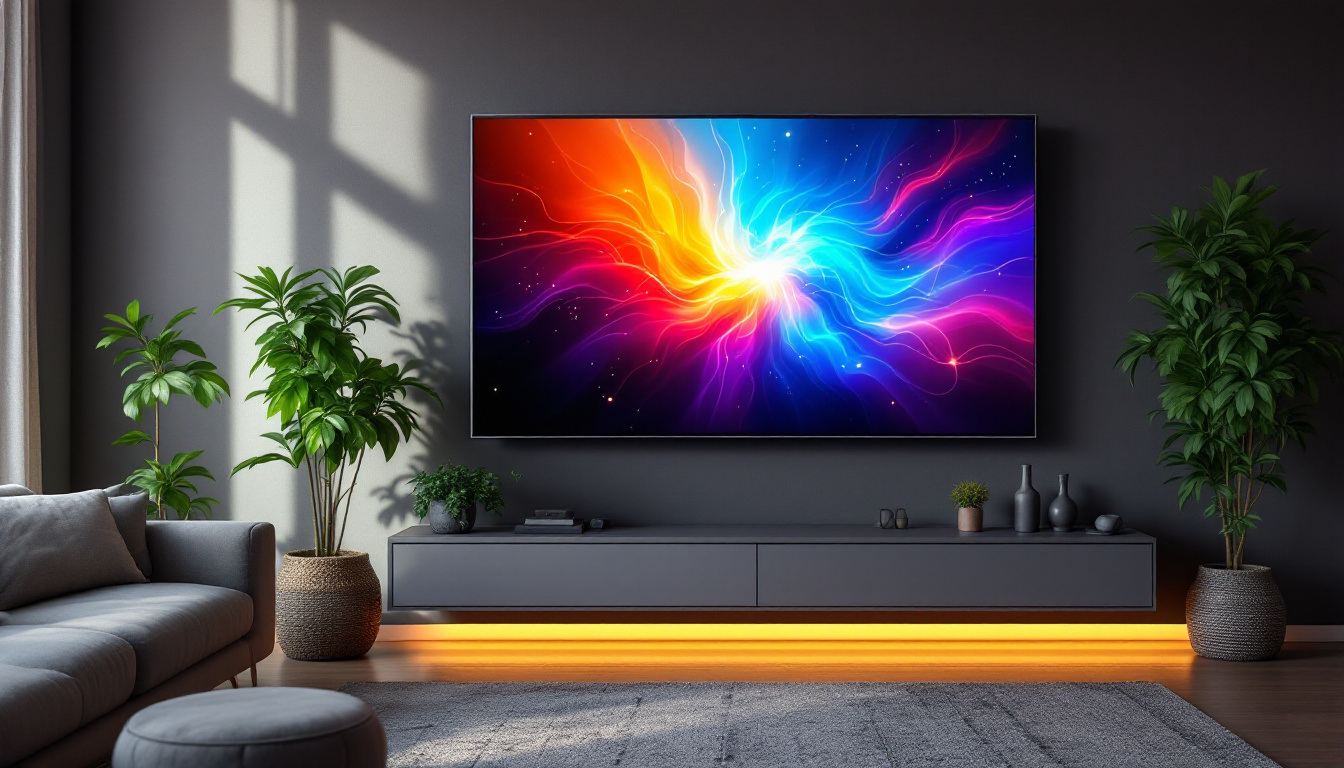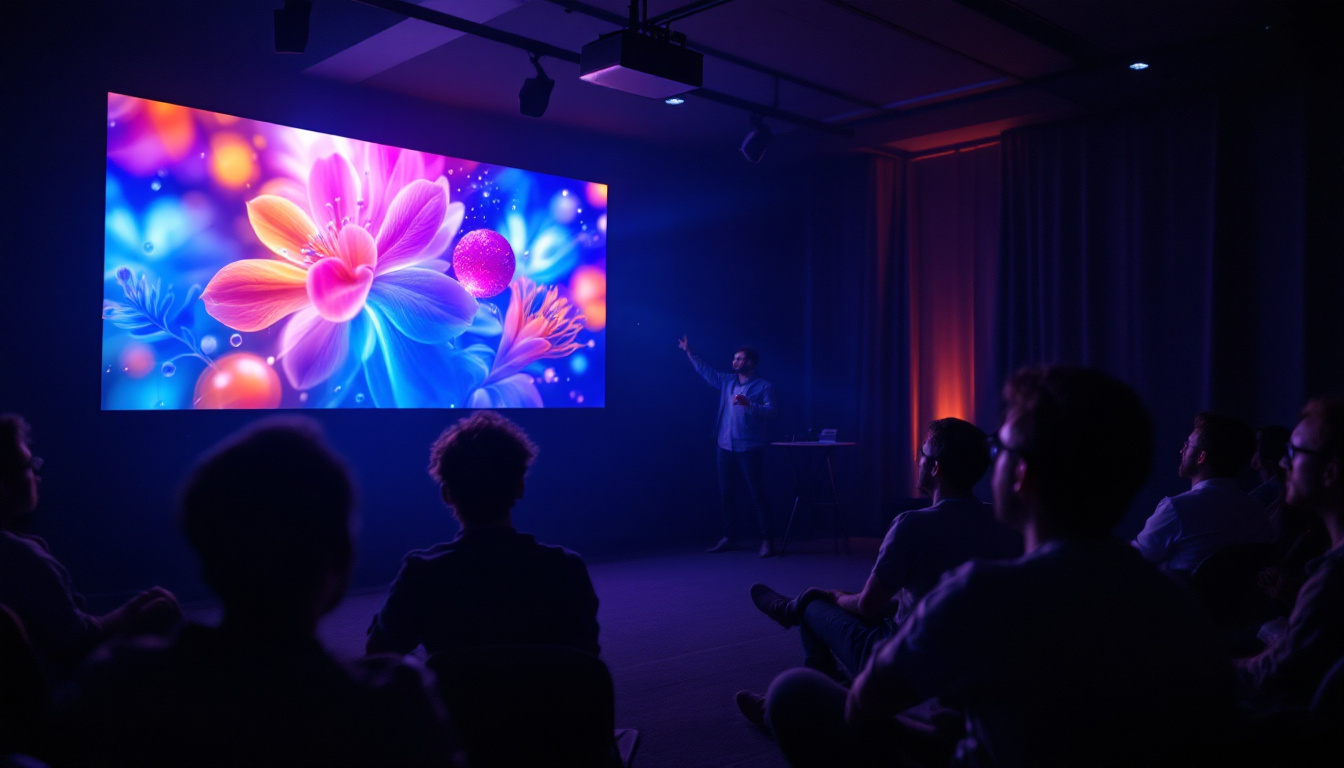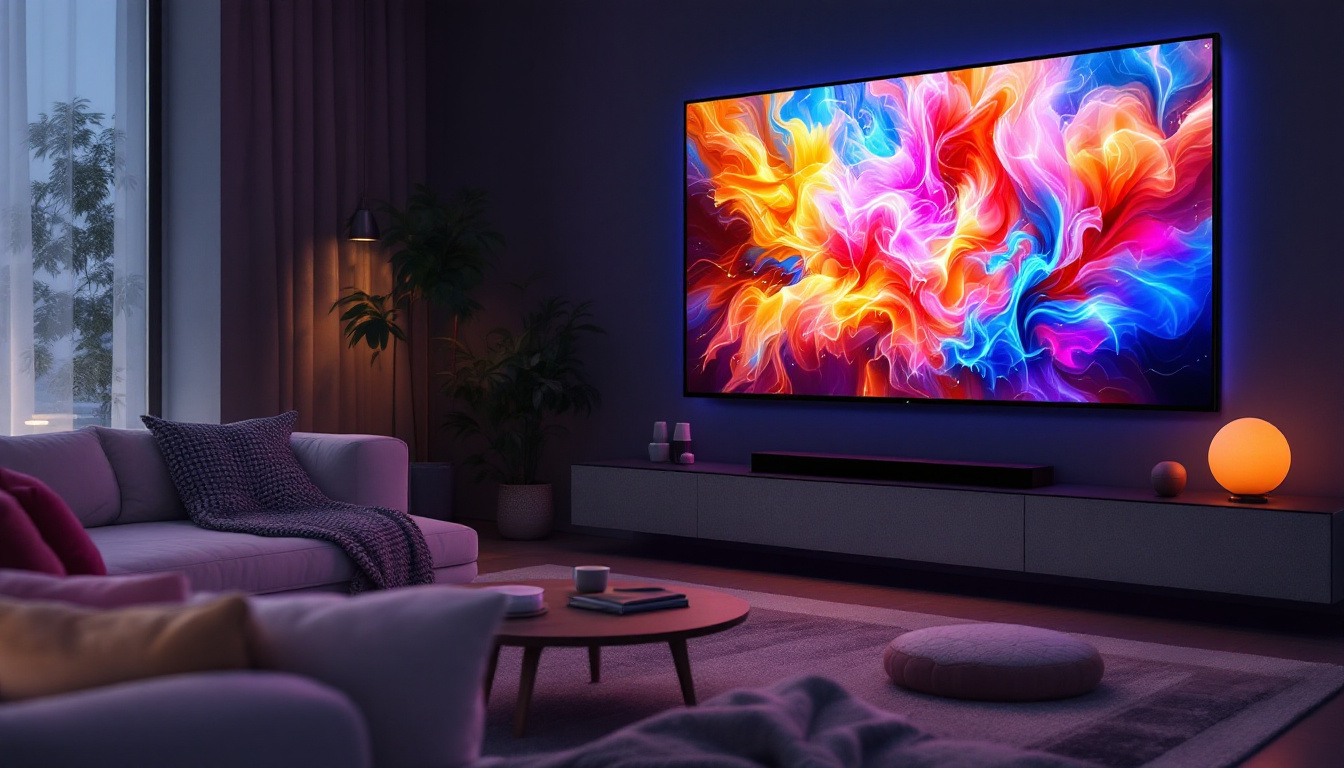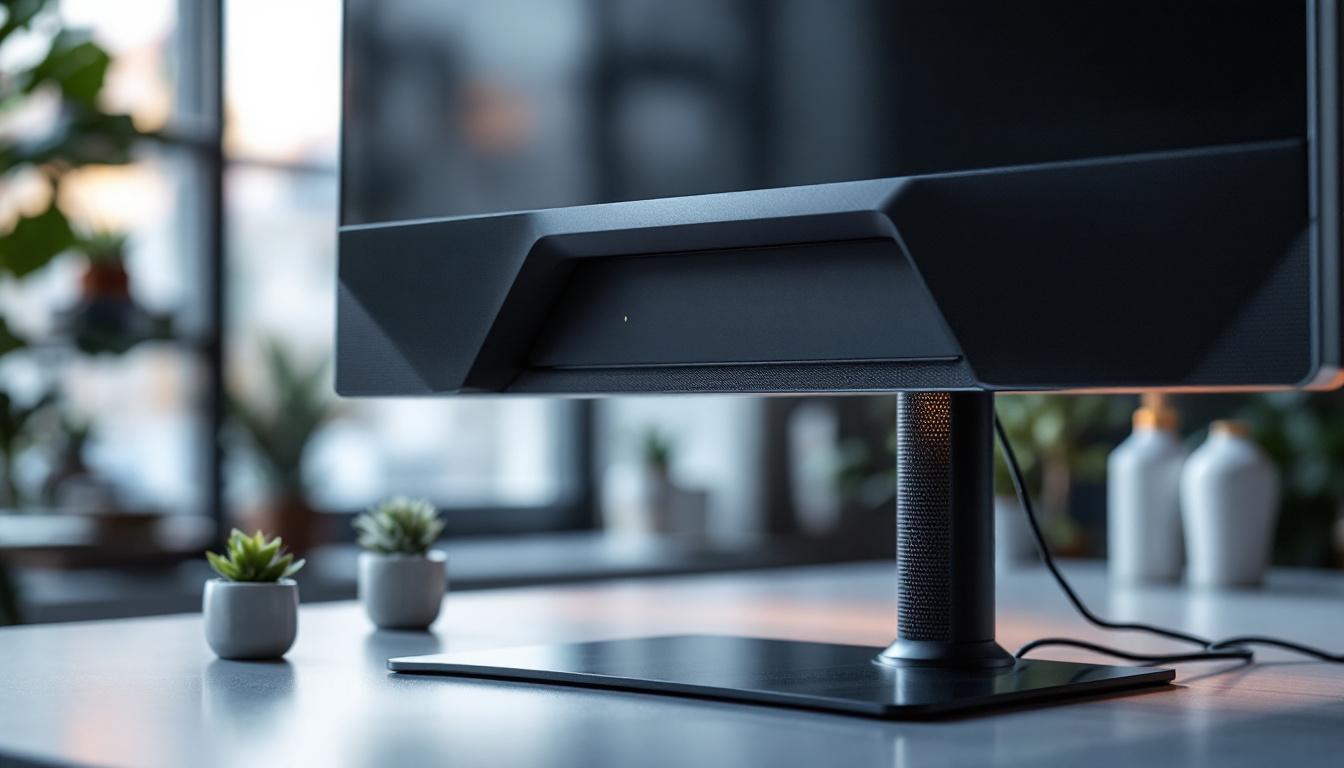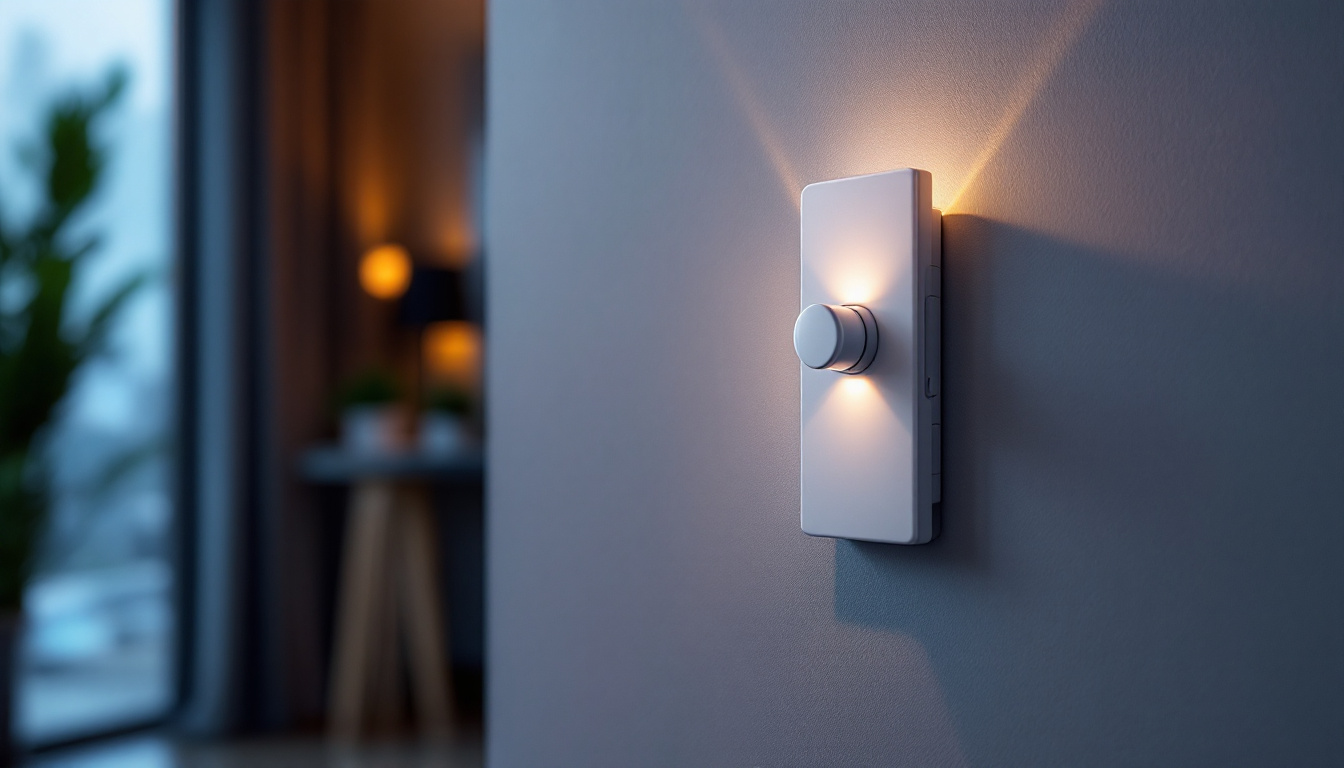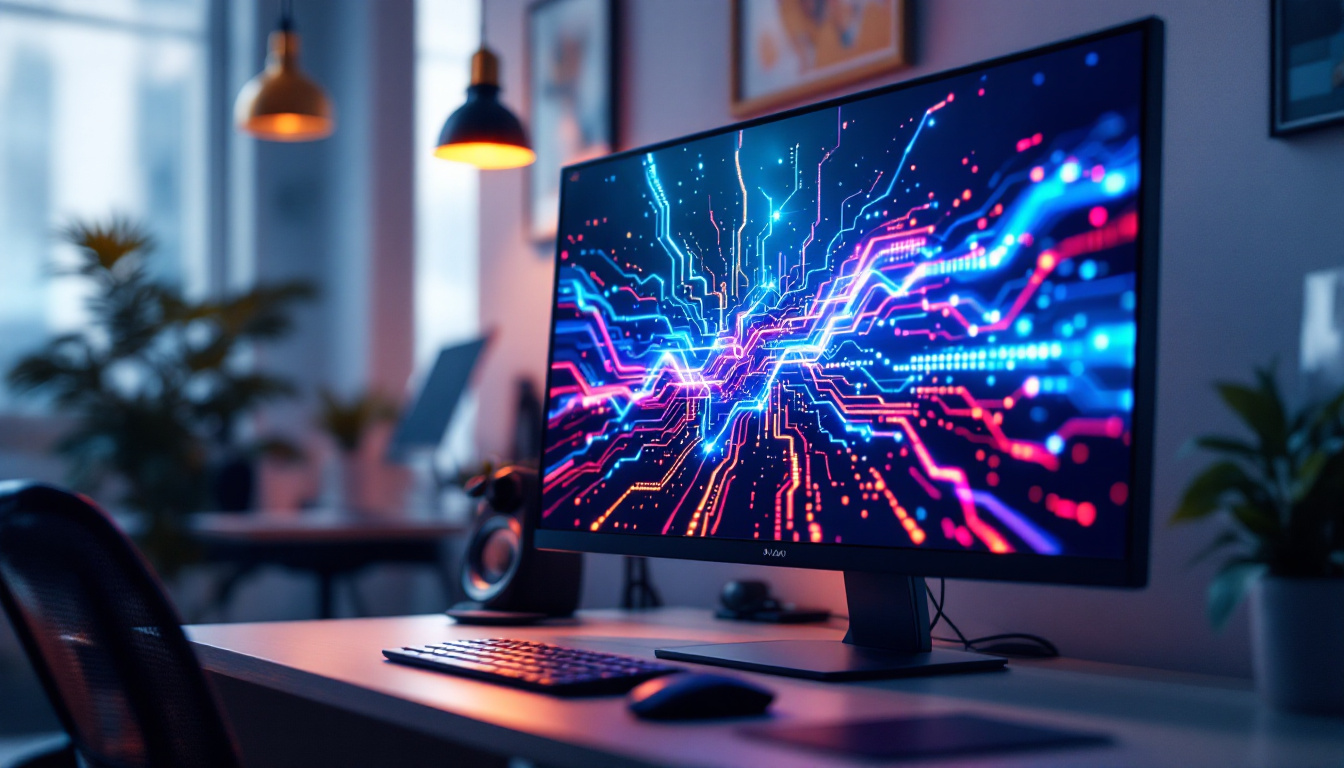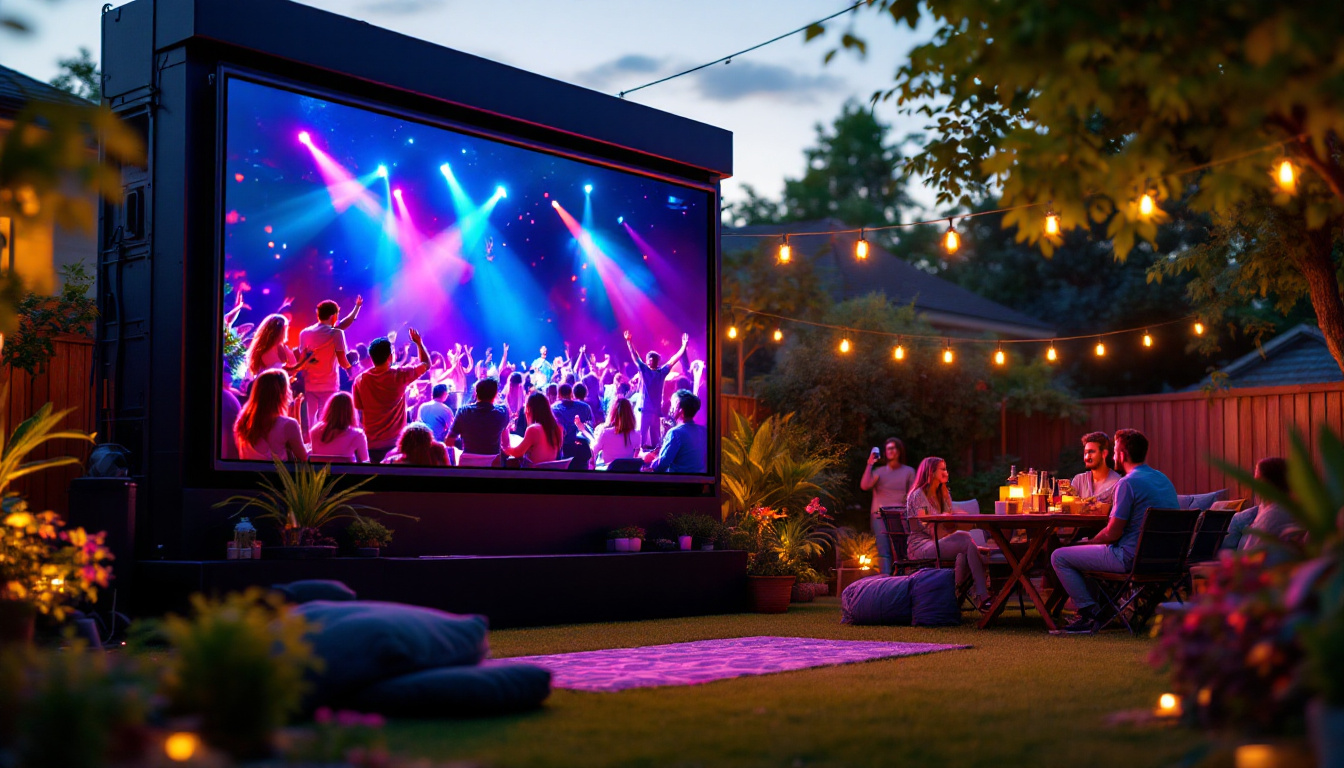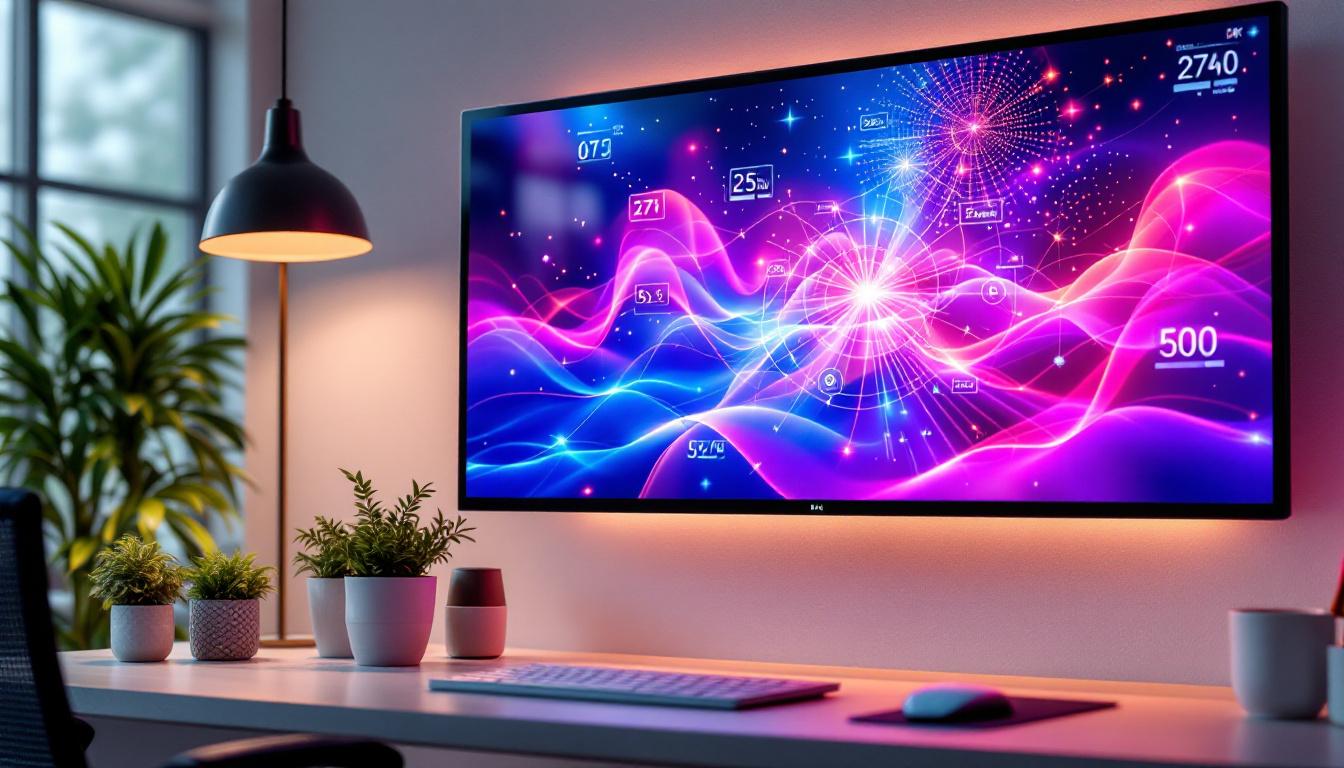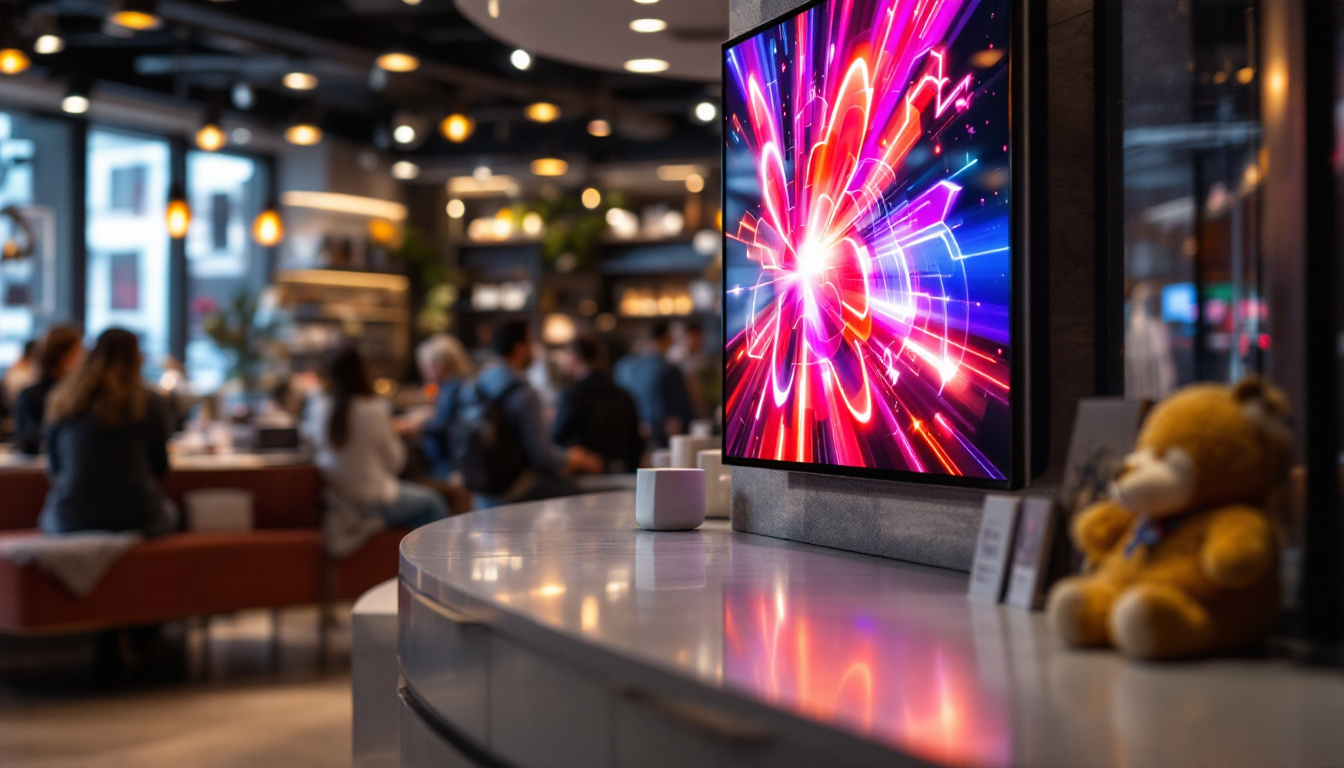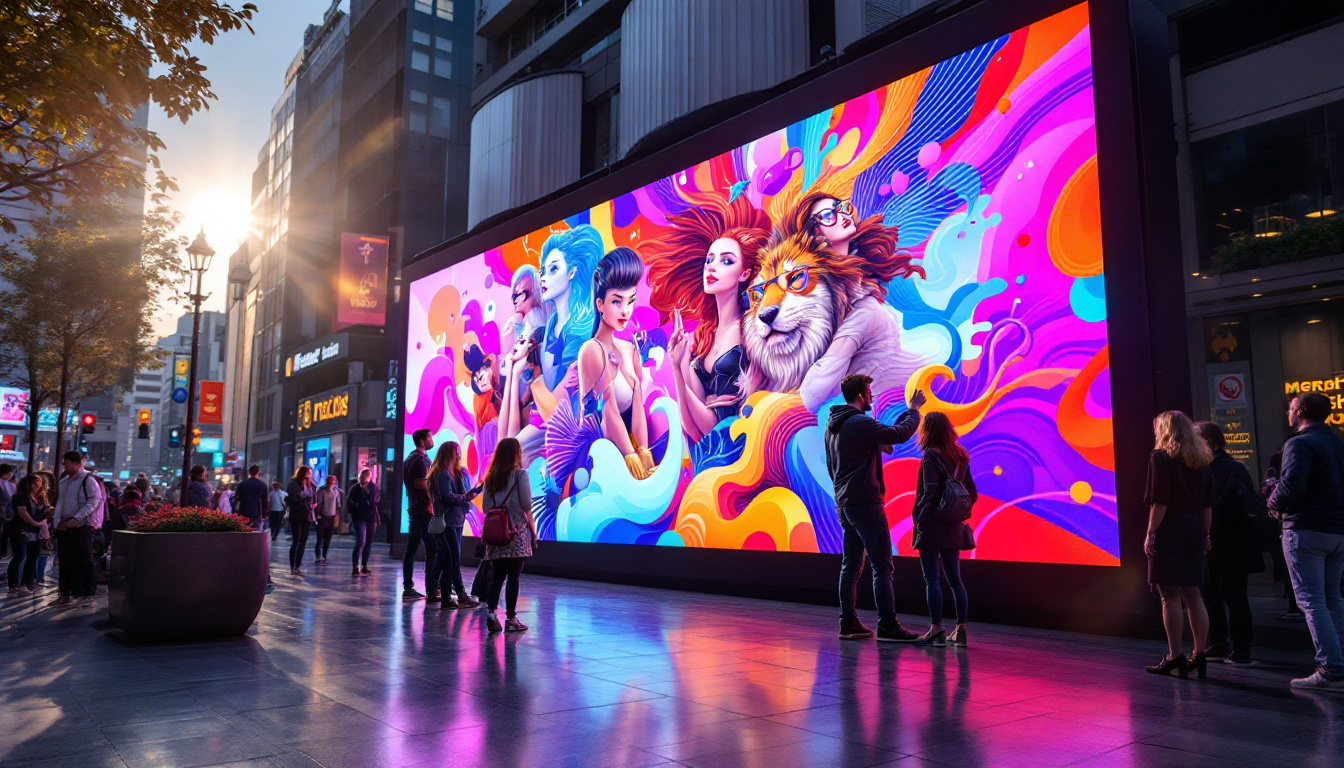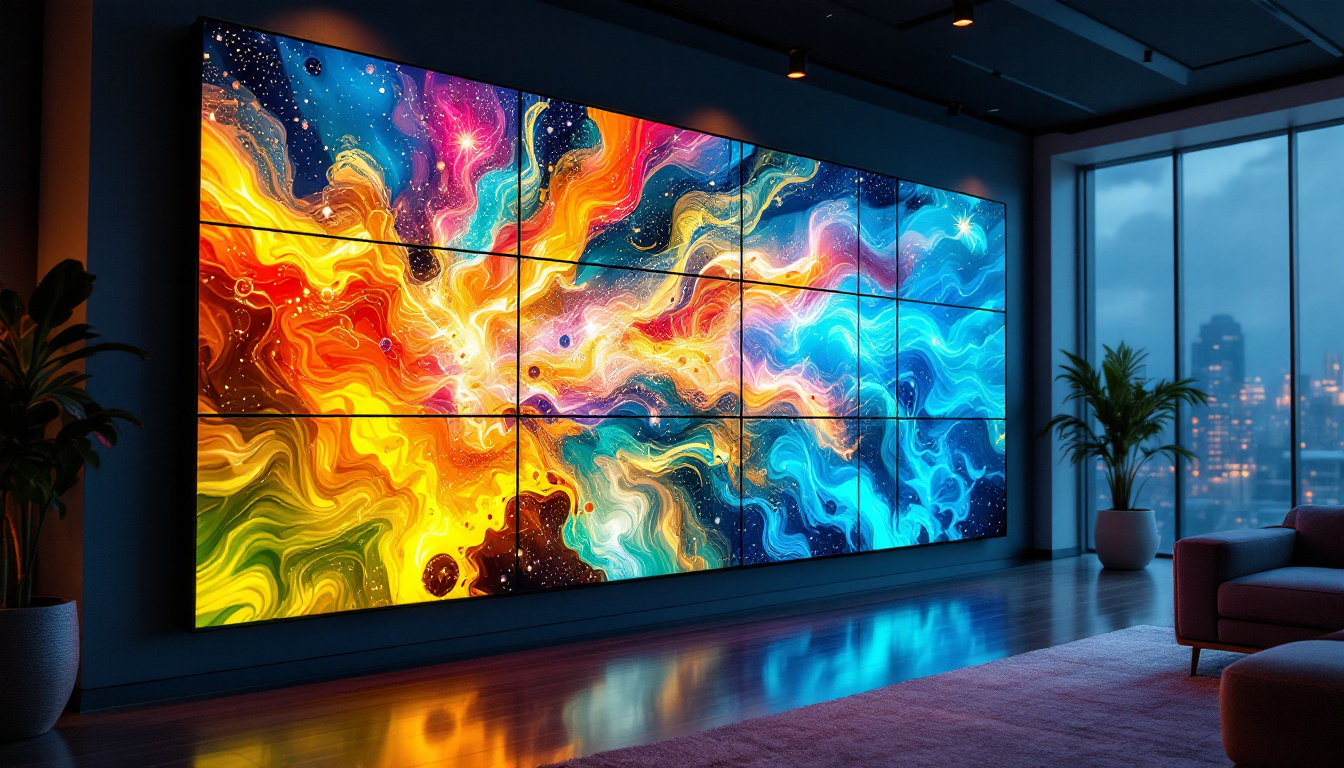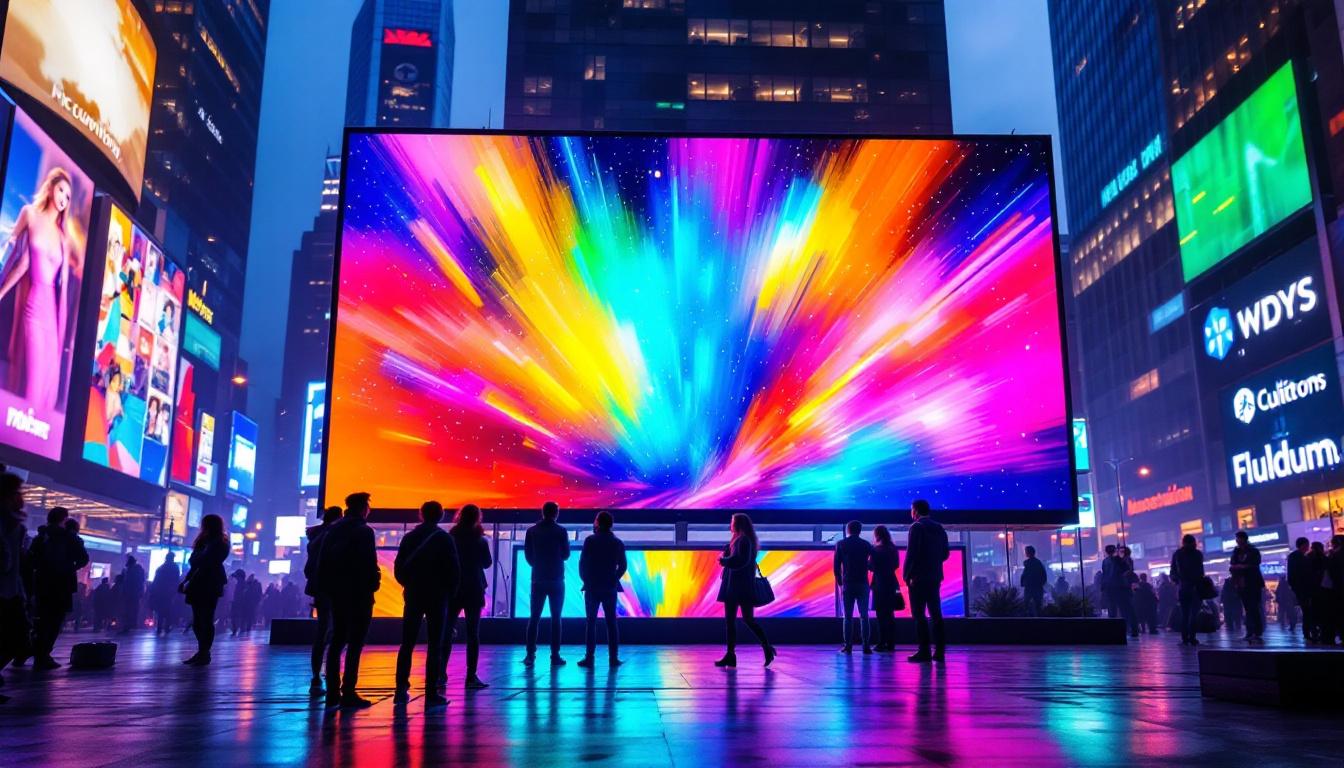In the world of home entertainment, the quality of a television display is paramount. Among the various aspects that contribute to a satisfying viewing experience, brightness plays a crucial role. Low brightness levels can significantly affect the overall picture quality, making it essential to understand how LED displays work and what factors contribute to their brightness. This article delves into the intricacies of LED displays, exploring why brightness may be low and how to enhance viewing experiences.
Understanding LED Display Technology
LED (Light Emitting Diode) technology has revolutionized the way we experience visual content. Unlike traditional LCD screens that rely on fluorescent backlighting, LED displays utilize an array of small diodes to produce light. This technology not only enhances brightness but also improves color accuracy and energy efficiency. The compact nature of LEDs allows for thinner screens, making them ideal for modern aesthetics where sleek design is paramount.
How LED Displays Work
LED displays consist of multiple layers, including a backlight, liquid crystal layer, and color filters. The backlight, made up of numerous LEDs, illuminates the liquid crystals, which modulate the light to create images. This setup allows for greater control over brightness and contrast, enabling deeper blacks and brighter whites. Additionally, advancements in technology have led to the development of OLED (Organic Light Emitting Diode) displays, which eliminate the need for a backlight entirely by allowing each pixel to emit its own light, resulting in even more vibrant colors and better viewing angles.
There are two primary types of LED displays: edge-lit and full-array. Edge-lit displays have LEDs positioned along the edges of the screen, while full-array displays feature a grid of LEDs behind the entire screen. Full-array displays generally offer superior brightness and contrast, making them ideal for bright environments. Furthermore, some full-array models incorporate local dimming, which enhances the contrast ratio by dimming specific zones of the screen, thus improving the overall picture quality during dark scenes.
Brightness Levels Explained
Brightness is typically measured in nits, with higher numbers indicating a brighter display. A standard LED TV may range from 200 to 1000 nits, while high-end models can exceed 2000 nits. The perceived brightness can also be influenced by the ambient lighting in the room, as well as the settings configured on the television itself. In addition to nits, the dynamic range of a display plays a crucial role in how brightness is perceived; displays with high dynamic range (HDR) can produce a wider range of brightness levels, enhancing the viewing experience further.
Understanding how brightness levels work is essential for optimizing your viewing experience. A low brightness setting may be suitable for dark environments, but in a well-lit room, it can lead to a washed-out image. Adjusting the brightness settings can help achieve a more balanced picture quality. Moreover, many modern LED displays come equipped with adaptive brightness features that automatically adjust the screen’s brightness based on the surrounding light conditions, ensuring that viewers always enjoy the best possible picture quality without manual adjustments.
Common Causes of Low Brightness
Experiencing low brightness on an LED display can be frustrating, especially when trying to enjoy your favorite shows or movies. Several factors can contribute to this issue, and understanding them can help pinpoint the solution.
Incorrect Settings
One of the most common reasons for low brightness is incorrect settings on the television. Many TVs come with preset modes, such as “Cinema” or “Game,” which can affect brightness levels. These modes are designed to optimize the picture for specific viewing experiences, but they may not always suit your environment.
To remedy this, navigating to the picture settings menu and adjusting the brightness, contrast, and backlight levels can make a significant difference. Experimenting with different presets can also help find the ideal setting for your viewing conditions. Additionally, some televisions feature an “eco mode” that automatically adjusts brightness to save energy, which can inadvertently lead to a dimmer picture. Disabling this feature can often restore the vibrancy of your display.
Ambient Light Conditions
The amount of ambient light in a room plays a crucial role in perceived brightness. A TV that looks bright in a dimly lit room may appear dull in a brightly lit space. Natural light from windows or artificial light sources can wash out the colors and contrast of the display, making it seem less vibrant.
To combat this, consider using curtains or shades to control the light entering the room. Alternatively, investing in a TV with higher brightness capabilities can also enhance viewing in bright environments. Furthermore, the placement of the TV can impact how light interacts with the screen; positioning it away from direct light sources can help maintain optimal brightness levels. Using anti-glare screens or filters can also be beneficial in reducing reflections that could detract from the viewing experience.
Hardware Limitations
Sometimes, low brightness can be attributed to hardware limitations. Older LED models may not have the same brightness capabilities as newer ones, leading to a less satisfying viewing experience. Additionally, if the TV is not functioning correctly, such as having a failing backlight, it may result in diminished brightness.
If hardware limitations are suspected, consulting with a professional technician can help determine if repairs are necessary or if an upgrade is warranted. It’s also worth noting that the quality of the display panel itself can vary significantly between models; for instance, OLED panels generally offer superior brightness and contrast compared to standard LED displays. Therefore, understanding the specifications of your TV can provide insight into whether the brightness issue is a fundamental limitation of the device or simply a matter of adjustment.
Enhancing TV Brightness
Improving the brightness of an LED display can significantly enhance the viewing experience. Here are several strategies to consider for achieving optimal brightness levels.
Adjusting Picture Settings
One of the simplest ways to enhance brightness is by adjusting the picture settings on the television. Most modern TVs come equipped with a variety of settings that allow users to customize their viewing experience. Increasing the backlight and brightness settings can provide a more vivid picture.
Additionally, adjusting contrast and color settings can further improve the overall image quality. It’s advisable to make these adjustments gradually, as too much brightness can lead to eye strain and fatigue. For those who enjoy watching movies, switching to a cinema or movie mode can also optimize brightness for darker scenes, ensuring that details are not lost in shadows while still maintaining a rich color palette.
Using External Light Sources
In some cases, adding external light sources can help enhance the brightness of the display. This can include strategically placing lamps or using bias lighting behind the TV. Bias lighting can help reduce eye strain and improve perceived contrast, making images appear more vibrant.
However, care should be taken to avoid direct light hitting the screen, as this can create glare and diminish the viewing experience. The goal is to create a balanced lighting environment that complements the TV’s brightness. For instance, using dimmable LED lights can allow viewers to adjust the ambient light according to the time of day or the type of content being watched, enhancing the overall atmosphere of the viewing experience.
Regular Maintenance
Regular maintenance of the television can also play a role in brightness levels. Dust and dirt can accumulate on the screen and internal components, affecting performance. Cleaning the screen with appropriate materials and ensuring proper ventilation can help maintain optimal brightness.
Furthermore, keeping the firmware updated ensures that the TV operates efficiently and takes advantage of any improvements made by the manufacturer. Regular checks can prevent potential issues that may lead to low brightness. It’s also beneficial to periodically recalibrate the TV settings, as environmental changes such as new furniture or wall colors can impact how light is perceived in the room. By taking these steps, viewers can ensure that their TV continues to deliver a bright and engaging viewing experience over time.
When to Seek Professional Help
While many brightness issues can be resolved through simple adjustments and maintenance, there are times when professional help may be necessary. Understanding when to seek assistance can save time and prevent further damage to the television.
Identifying Hardware Issues
If adjustments to settings and maintenance do not improve brightness, it may indicate a hardware issue. Problems such as a failing backlight or damaged components can lead to persistent low brightness. In these cases, consulting with a professional technician is advisable.
Technicians can conduct thorough diagnostics to identify the root cause of the problem and recommend appropriate solutions, whether it be repairs or a replacement.
Warranty Considerations
Before seeking repairs, it’s essential to check the warranty status of the television. Many manufacturers offer warranties that cover specific issues, including display problems. If the TV is still under warranty, contacting the manufacturer or retailer may provide a cost-effective solution.
Understanding warranty terms can also help determine the best course of action, whether it involves repairs, replacements, or refunds.
Conclusion
Low brightness on an LED display can detract from the overall viewing experience, but understanding the technology and factors involved can help mitigate these issues. By adjusting settings, considering ambient light conditions, and performing regular maintenance, users can enhance their TV’s brightness and picture quality.
In cases where brightness issues persist, seeking professional help is advisable to address potential hardware limitations. With the right approach, enjoying a vivid and engaging viewing experience is well within reach.
Discover LumenMatrix’s Bright Solutions
If you’re looking to overcome low brightness on your LED display and elevate your viewing experience to the next level, LumenMatrix has the innovative solutions you need. Our extensive range of LED display modules, from vibrant Indoor and Outdoor LED Wall Displays to dynamic Vehicle and Sports LED Displays, are designed to deliver unparalleled brightness and clarity. Whether you’re seeking to captivate an audience with a Custom LED Display or enhance your space with a sleek LED Transparent Display, LumenMatrix is committed to revolutionizing visual communication. Check out LumenMatrix LED Display Solutions today and see the difference cutting-edge technology can make.

